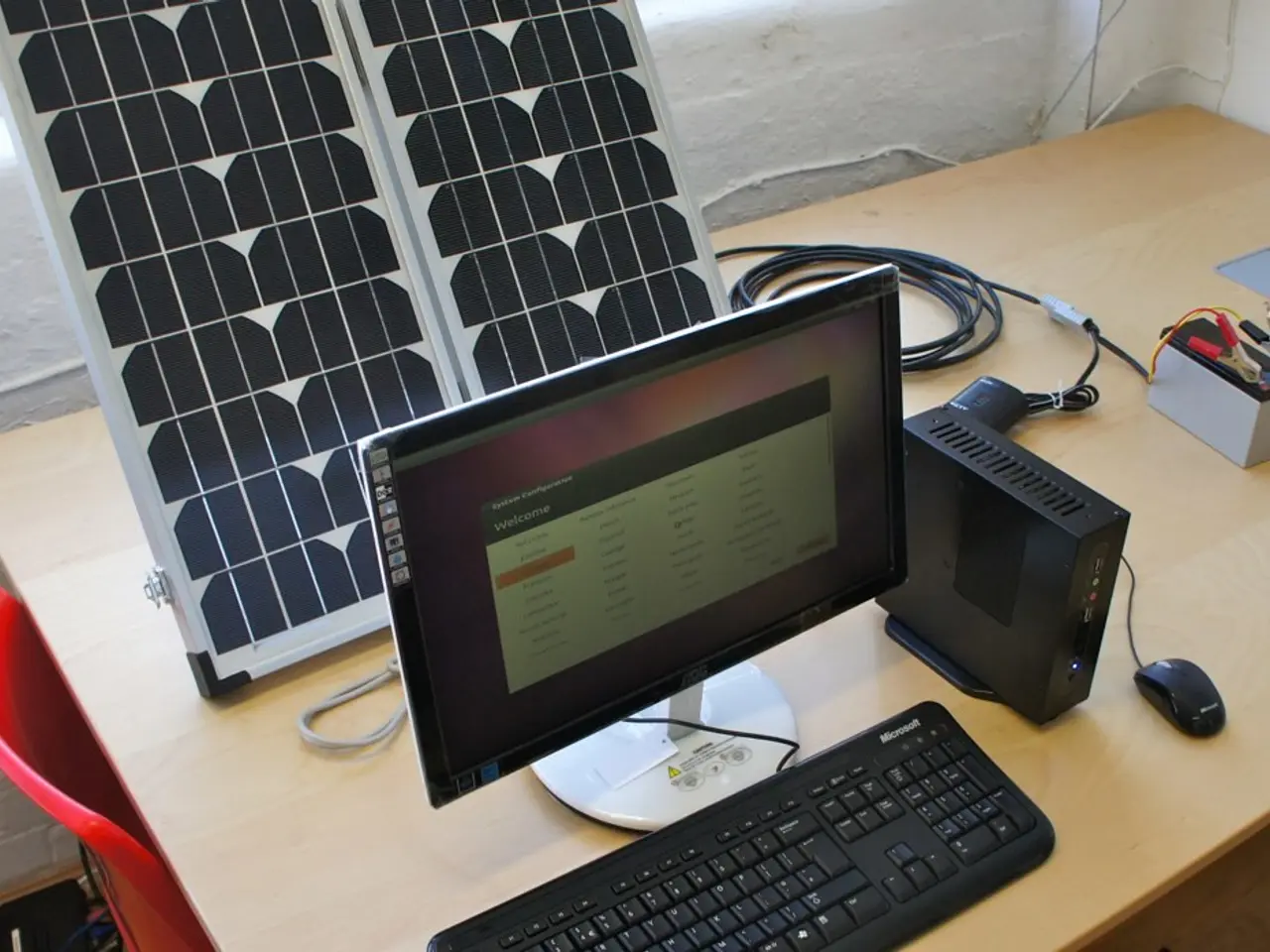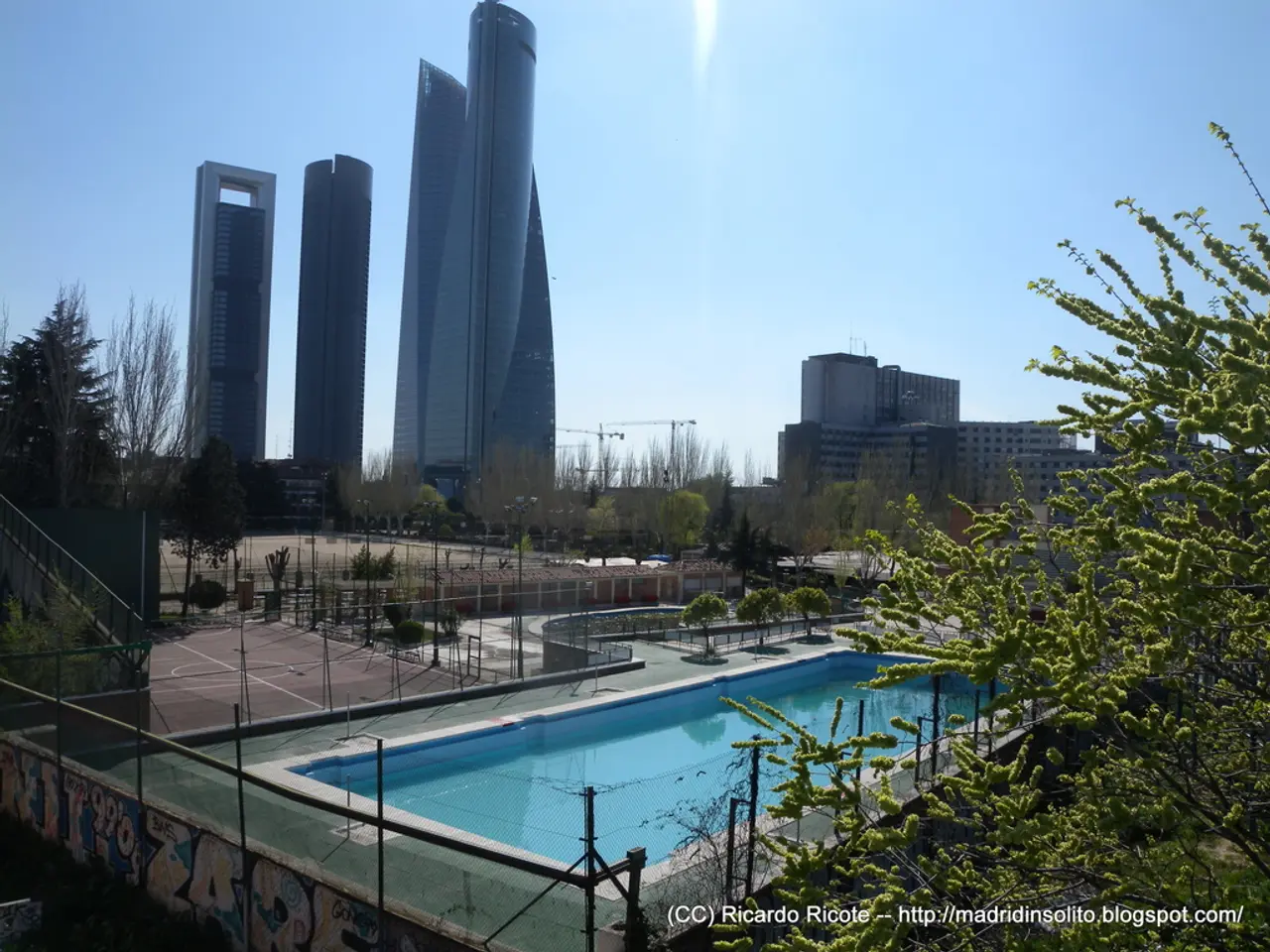Duration of Solar Panel Lifespan
Solar panels are a long-term investment for homeowners and businesses looking to harness renewable energy. These energy-efficient devices are designed to last between 25 to 30 years, often referred to as their "useful life." However, it's essential to understand that while solar panels themselves may last this length, supporting components like inverters and batteries have shorter lifespans and require regular maintenance.
After the 25-30 year mark, solar panels do not suddenly stop working but gradually produce less electricity due to a process called degradation. The degradation rate, or the annual percentage loss in power output, averages around 0.5% to 0.8% per year. For example, if a panel starts at 100% efficiency, it might operate at about 95% efficiency after 10 years and 80-90% after 25 years of use.
Several factors affect the degradation rate of solar panels. Continuous exposure to ultraviolet rays slowly breaks down the backsheet, the protective layer on the panel’s rear, which in turn affects the internal photovoltaic (PV) cells' durability. Repeated cycles of humidity combined with heat can stress panels, degrade protective layers, reduce electrical insulation, and cause corrosion within the panels.
Harsh weather conditions, such as hail, snow, extreme heat, and temperature swings, physically stress the panels and accelerate degradation. Different types of panels (e.g., monocrystalline vs. polycrystalline) and brands have varying durability, with some lasting slightly longer than others due to manufacturing quality and materials used.
Despite these potential challenges, solar panels generally maintain most of their functionality beyond their warranty period (usually 25 years), with energy output declining gradually rather than suddenly failing. Many users continue generating significant electricity with panels even after 25-30 years, though efficiency declines to around 80-90% of original capacity.
Regular cleaning and inspections of solar panels ensure optimal performance and prevent issues like microcracks. Correct installation can help reduce the chances of solar panel degradation caused by factors like rain corrosion, vibration, brittleness, moisture seepage, warping, and cracking.
The durability of solar panels has seen positive enhancements in recent years, with older versions potentially wearing out quicker than today's standards. Continuing to use solar panels beyond their useful life is an option for those who are satisfied with a lower energy output. Replacing solar panels with newer, more efficient models could be beneficial for those who want to offset their energy bills completely.
Investing in solar panels is a notable commitment, and understanding their expected longevity and maintaining them effectively can ensure they serve your needs for many years ahead. The materials and craftsmanship used in manufacturing solar panels play a role in their longevity. High-quality panels degrade at a slower rate and perform better.
Dirt, debris, and bird droppings can accumulate on solar panels, reducing their efficiency over time. While most solar panels are tested to resist hail and heavy winds, consistent exposure to extreme weather can shorten their lifespan. Panels with comprehensive warranties provide an extra layer of assurance, guaranteeing the system remains productive and reliable.
Solar panels in colder climates may experience additional stress, though proper installation can reduce this. On average, solar panels lose about 0.5%-1% of their efficiency per year due to degradation. Solar panel degradation is a process that happens to all solar panels over time, and it's affected by factors like rain, wind, heat, cold, sunlight, and installation quality.
In conclusion, solar panels are incredibly resilient and can provide decades of reliable use beyond their useful life. Regular cleaning and inspections, proper installation, and investing in high-quality panels can help ensure optimal performance and longevity. Understanding the factors affecting solar panel degradation and taking proactive measures to address them will help you make the most of your solar investment.
- Solar panels, designed to last between 25 to 30 years, are a long-term investment for homeowners and businesses looking to harness renewable energy.
- Beyond their 25-30 year mark, solar panels do not suddenly stop working but gradually produce less electricity due to a process called degradation.
- Solar panels in home-and-garden settings can generate significant electricity for many years after their 25-30 year useful life, though efficiency declines to around 80-90% of original capacity.
- To ensure optimal performance and prevent issues like microcracks, regular cleaning and inspections of solar panels are necessary.
- Continuing to use solar panels beyond their useful life is an option, but replacing them with newer, more efficient models could be beneficial for complete energy bill offsetting.
- The durability of solar panels has seen positive enhancements in recent years, making them more resilient to harsh weather conditions, and high-quality panels degrade at a slower rate, providing an extra layer of assurance for sustainable and reliable clean energy production.




